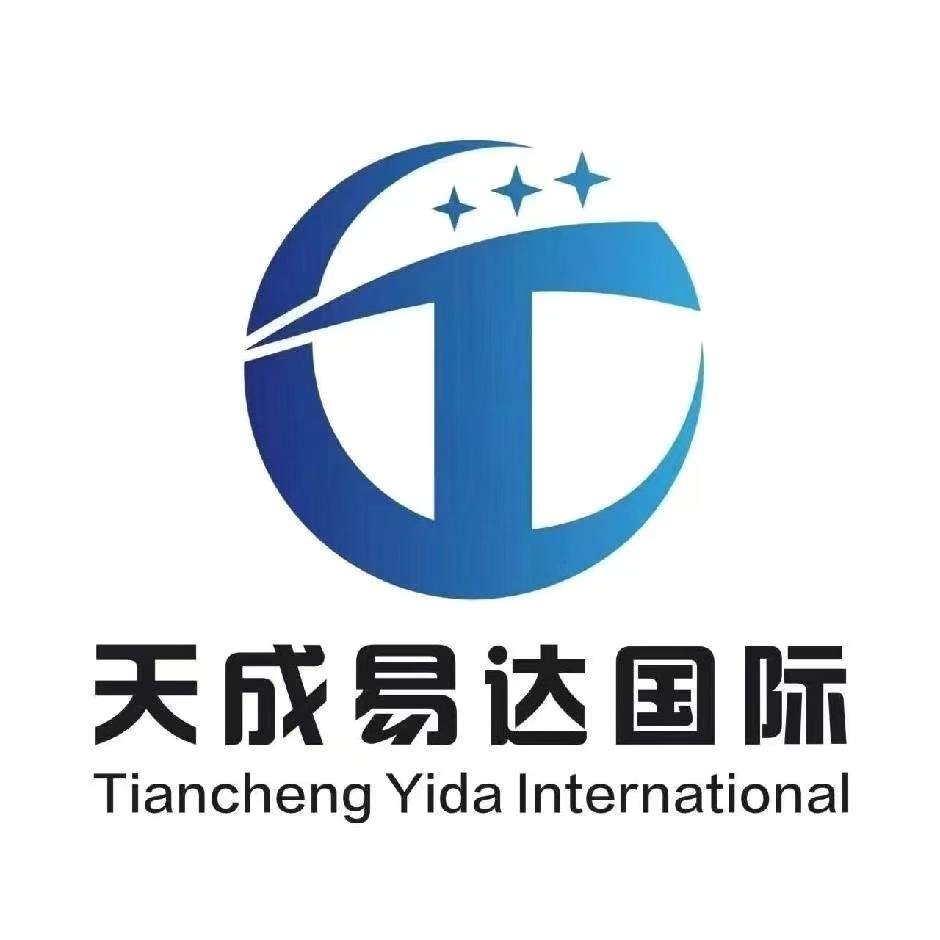
Air freight export
Tianfu Sheng International Logistics Group is a first-class international freight forwarding enterprise approved by the Ministry of Commerce of the People's Republic of China, with the qualification of sales agency business for civil aviation transportation in China. Tianfu Sheng Logistics has collaborated with multiple internationally renowned airlines to launch air export, air import transportation, and charter services. The company has established long-term friendly cooperative relationships with multiple airlines such as China Eastern Airlines, Asia Pacific Airlines, Singapore Airlines, U.S. POLARAIR Airlines, Nordic Airlines, Austrian Airlines, Indian Airlines, Arab Crystal Airlines, Singapore Airlines, and Shanghai Airlines, At the same time, relying on a global freight forwarding network, we provide customers with one-stop services such as pickup, packaging, warehousing, customs declaration, booking, delivery, insurance, etc., ensuring that customers' goods can be quickly and accurately transported to various parts of the world.
Air freight export business scope
Air freight export handles all business before and after the export of goods according to the customer's commission; Review various lists and approvals provided by customers; Prepare various documents; Booking and customs declaration; Apply for certificate of origin, insurance policy, and inspection certificate; Booking flights, domestic transportation, packaging, issuing bills of lading, settling freight and miscellaneous fees, and shipping domestic and foreign documents by express mail; Handle import customs declaration, tax payment, transshipment, and delivery abroad; Handling agency business abroad.
Air freight export operation process
1. Power of Attorney
The shipper shall fill out the freight consignment form themselves. The consignment letter should include the following columns: shipper, consignee, airport of origin, destination airport, required route/application for booking, declared value for transportation, declared value for customs use, insurance amount, handling matters, documents attached to the waybill, actual gross weight, tariff category, billing weight, name and quantity of the goods, signature of the shipper, date, etc.
2. Review documents
The documents should include: invoice, packing list, consignment letter, submission form, foreign exchange verification form, license, commodity inspection certificate, incoming/incoming processing verification book, claim/repair agreement, payment guarantee letter, and customs seal.
3. Booking
After receiving the shipment forecast from the shipper, collect and fill out the booking form from the airline's tonnage control department, while providing corresponding information; The name, volume, weight, number of pieces, and destination of the goods; The required shipping time, etc. The airline arranges seats and flights based on actual conditions. When booking, freight forwarders can choose the best route and carrier according to the shipper's requirements, while striving for the lowest and most reasonable freight rates for the shipper.
4. Receiving goods
Shipper self delivery: The freight forwarder should fax the warehouse entry diagram of the goods to the shipper, indicating the contact person, phone number, delivery address, time, etc. In order to ensure timely and accurate warehousing of goods.
Freight forwarder's door-to-door pickup: The shipper needs to provide the freight forwarder with specific pickup address, contact person, phone number, time, and other relevant information to ensure timely warehousing of the goods.
5. Export customs declaration
After the customs declaration documents are complete, the freight agent shall act as the agent for the shipper to declare to the customs; After the customs review is correct, the customs officials will stamp the release seal on the original waybill used for shipment.
6. Expense settlement
The shipper and freight forwarder shall settle the relevant transportation and miscellaneous expenses before the aircraft takes off.
Air freight export precautions
1. Due to doubts raised by the customs investigation department regarding a particular shipment of goods, the goods cannot be transported; Due to climate reasons, the aircraft needs to temporarily increase its fuel capacity, which leads to overloading during takeoff and landing, resulting in cargo being pulled down and the load being controlled.
2. The outer packaging of the goods should comply with international transportation standards, and the goods cannot be exposed.
3. For oversized or overweight items (gross weight ≥ 60kgs), it is necessary to inform the freight forwarder in advance and assist in palletizing for the use of forklifts.






